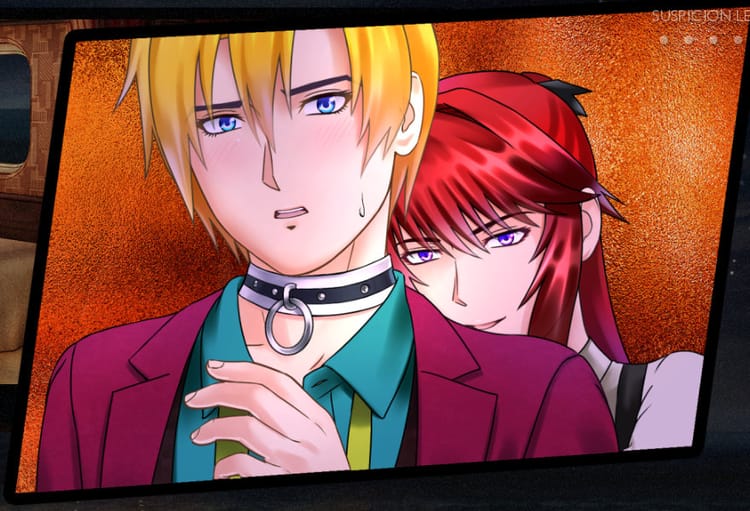The Kill Screen Review: Hotline: Miami, the first postmodern videogame?

Though their ambitions may be radical, independent games have a conservative sphere of reference. Most independent success stories in gaming start with a shopworn genre (the platformer, or the space shoot ‘em up, or the racing game) and add a gloss. The gloss may be mechanical (Braid, Fez to a degree, QWOP) but much, much more often, if we’re being honest, it is aesthetic (Limbo, Journey) and/or ironical (say, Super Meat Boy, and frankly, irony is an aesthetic gloss). These games are creative iterations of games their creators played growing up, often spectacularly creative ones, but still, iterations.
Hotline: Miami, the new game from Jonatan Söderström, will draw comparisons to the original Grand Theft Auto, and the preposterous early 1990s arcade shooter Smash TV. These comparisons will be correct but not sufficient. At a certain level of abstraction, it is enough to say about Limbo that it is Mario, but thoughtful and beautiful. Because Hotline takes as its inspiration games that are themselves commentaries, however crude, on media and pop culture, it is not enough to say it is Grand Theft Auto, but in Miami. That game already exists.
This game finds you playing as a nameless thug who receives cryptic phone messages urging you to go to places and kill. The gameplay, which is diverting and tense but hardly worth talking about, involves butchering hundreds of white goons in identical white silk suits, and the occasional black goon in a black silk suit. Your instruments of destruction are suitably diverse and if it’s your thing, the ultraviolence is up to snuff, at that sweet spot of disgusting and hilarious. If you have fond memories of the games I’ve mentioned Hotline will scratch that itch, but do no better.
As an aesthetic document, Hotline is unimpeachable, and please do not just take a video game writer’s word for it on the subject of aesthetics. That said, let me try to gain your trust. We share our offices with what must be described as a very cool design firm. They work with big boys and influence minds and look good doing it. One guy has a Japanese girlfriend. When I booted up the game, he came over and watched it and pronounced it “very cool”. Then I left the sound on and everyone kept working, and I felt validated.
The whole thing, blown out and off-center, looks like a bootleg VHS. The credits appear to be in some kind of mirror-image Cyrillic script. The soundtrack thrums and gnarls Pitchforkianly and you could just about take a screenshot of any second of the game and enlarge it and put a frame around it and hang it, pixelated coke piles and all. Tarantino touches abound, from the animal masks you can wear (they bear names like Dennis and Aubrey) to the shopkeeper who is a dead-ringer for Eric Stoltz. Let me tell you, it is slick.
One of my colleagues mentioned that the game seems to have “it” – that confluence of aesthetic currency and a cultural moment that can propel an entertainment into the glare. I hope, if this game does escape its ghetto, that people can treat it on the abstracted level on which it begs to be read, and not as anything remotely literal.
The point is to lose yourself in the funhouse of references and aesthetics.
Because looking for meaning, for a message, in Hotline is silly. GTA is a critique of and a love letter to capitalism (and its hateful and lovable extrusions, like Miami Vice). Smash TV, well, I know this is giving it a lot of credit, but at the very least it is a game ripped off from a book/movie (The Running Man) that is a critique of entertainment culture. Hotline has nothing in common with these games, or more properly, it has in common with these games what Reservoir Dogs has in common with The Killing. It borrows surfaces, wears them like masks, changes them when it feels like it.
Hotline has a tossed-off “am I who I think I am”-paranoiac story, and I’d like to think that this half-assedness is on purpose in the same way a lot of postmodern fiction farts out a plot it never resolves. The look and feel and sound of the experience, unidentifiable and emanating from everywhere and through multiple layers of mediation, is the thing. The point is to lose yourself in the funhouse of references and aesthetics, the surfaces, the refraction, how meaningless it all is, and how diverting it all is anyway.



